Soviet Space, Collected CGI
Some of my favourite CGI work on Soviet Space Projects.
Introduction
I’ve tended to focus on recently declassified information, but I’m a graphic artist by trade, so I’m hoping at least some of you are interested in that - maybe that’s how you found me!
So here are some of my favourite renderings.
Please contact me if you wish to use my work, none of the images published here are full resolution.
Soyuz 19k 21k “head down” mission concept.
The original N1, (without extra engines), would be used to to fuel up the lunar craft in Earth orbit. This mission concept is described in more detail HERE.
Soyuz ABV
The more you look at this stuff, the more you realise how many of the mission concepts were designed around the lack of a big enough rocket to do it properly.
Another early mission architecture from Korolov, the first appearance of a recognisable Soyuz spacecraft, was the Soyuz ABV mission.
L1, Crew Transfer
This illustration includes a restored and translated Soviet infographic.
Several missions involved flying the crew up to orbit in a separate vehicle from the rocket that launched the main lunar craft. This was done for several reasons:
Saving weight
Using a launcher that was not crew rated for the heavier elements
Taking advantage of the relatively mature and reliable Soyuz.
And here’s a 3d spin of the crew transfer scene:
This might be a good time to explain the “L” mission types.
L1: Crewed lunar mission without landing
L2: Lunar rover robot
L3: Crewed mission to the lunar surface
L4: Extended lunar stay
L5: Crewed lunar rover
T2K Mission:
The T2K program was to test the LK Lander in Earth Orbit. This was entirely successful, and the LK Lander became one of VERY few elements of the N1-L3 Lunar program to be flight certified.
Even though the landing had been cancelled by this time, Yangel was insistent the completed hardware be properly flight rated, perhaps for possible future use.
Here’s my animation of the T2K craft inside the fairings of the custom Soyuz-L
T1K Mission:
Less well known is the T1K program. This was intended as a crewed test of the LK and LOK in Earth Orbit, along the same lines as the Apollo 7 flight for the American program. It was cancelled.
LKM /L3M Heavy Lander
All sorts of proposals were considered for a heavy version crewed Moon lander, in order to do it better than the Americans. (The M indicates a heavy version).
Illustration and model are all mine (of course). There’s a LOT more information on heavy lander designs HERE.
N1, Original First Stage / Block A
The original N1 design had 6 less engines, and a remarkable open first stage design. This visualisation by me is based on work by Alex Schliadinsky.
There’s more on the Block A / First Stage design here.
N1 fairings, how they come off
This animation of the N1-3L was commissioned by Dave Brody, and it shows how the various sections of fairing come off the main N1 rocket.
Crew carrying Lunokhod
The Lunokhod’s were originally intended to be much more than rovers. They would survey possible landing sites, then act as a beacon to help guild the landers to a safe spot.
If the lander had problems taking off at the end of the mission, they could also ferry the cosmonaut to a nearby spare craft.
Lunar Expeditionary Factory
The most advanced proposals for a lunar base, the Lunar Expeditionary Program, included a factory that could produce oxygen for the cosmonauts from Lunar rocks. Here’s my model.
The big dish with the mirrored underside is to protect the central part from heat reflected from the Lunar surface.
There’s plenty more information on the expeditionary program and the factory module on this link.
Crewed lunar mission, launched by spaceplane?
Spaceplanes are not generally any good at getting heavy things into orbit. So, it was back to using spacecraft as tankers, to fuel a craft in orbit.
Mars 87 Crewed mission
There’s a LOT more on the plans for a 1987 crewed mission to Mars on these links:
Here’s an animation showing how the huge craft was assembled. The black panels are thermal radiators.
There’s still some work to be done, but I think the animation is useful.
So! Thank you for reading this far! I’m available to produce custom models and renders, get in touch if you have a project I can help you with. My rates are VERY reasonable!
This Edition’s cool image
This is my translation and rebuild of a Soviet document comparing the Apollo and N1-L3 mission architectures. You won’t be surprised that no opportunity is missed to make the Soviet option look superior! A »VERY« big image!
And here’s the version I did in the Russian language:
This editions cool link
Well, if you’ve made it this far, I’m guessing that you like CGI Space imagery!
So here’s a link to my main personal website.
This editions special 7 day only download
“Zarbon 44” sent me a collection of photos from Russian space museums, and said it was OK to share them, so here’s part 1. Now, they are not captioned, but I think it’s fairly easy to identify most of them if you are into this kind of thing.
Click here to download. Or click on the photo below.
The download link will stop working 7 days after publication, as usual.



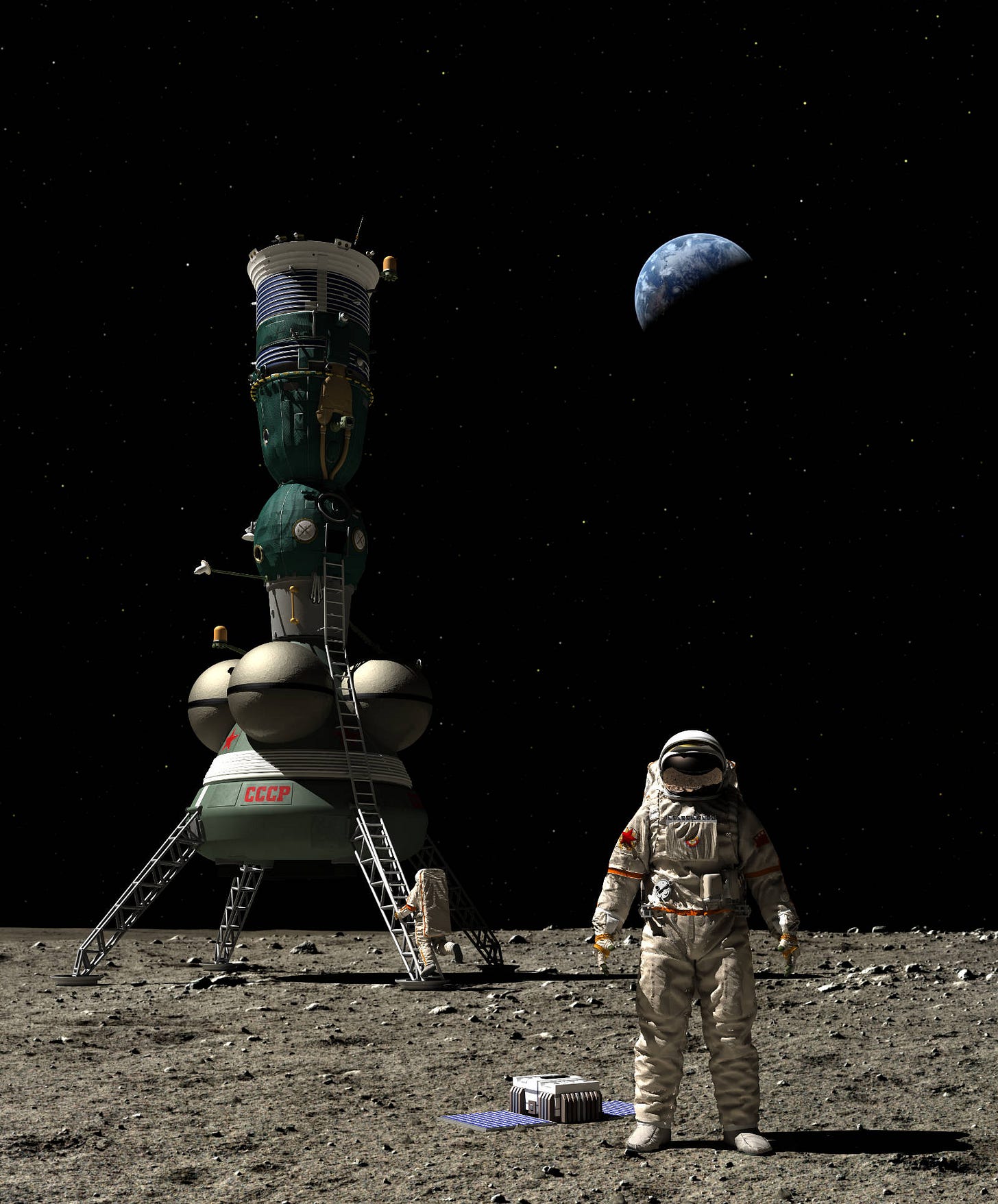

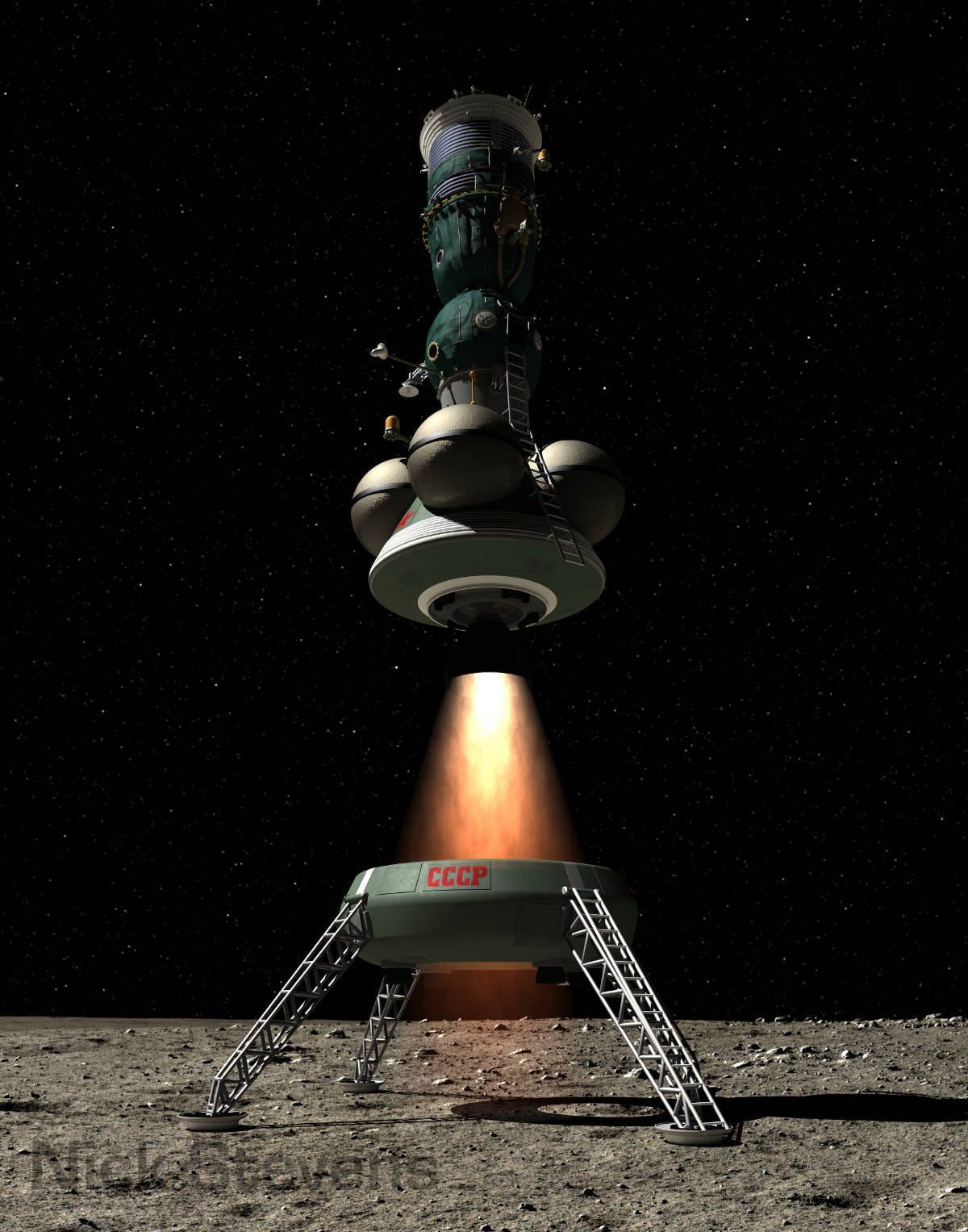
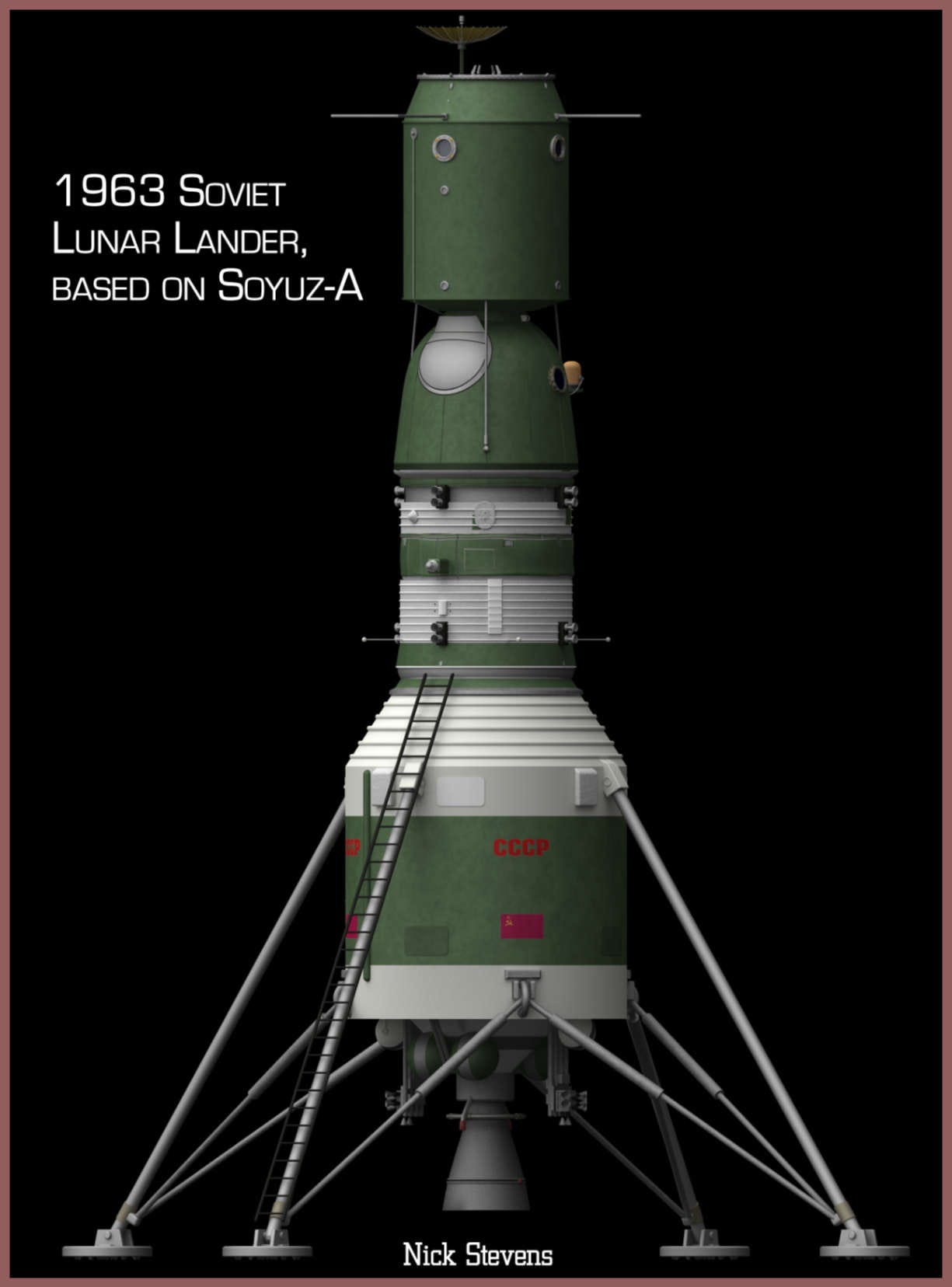
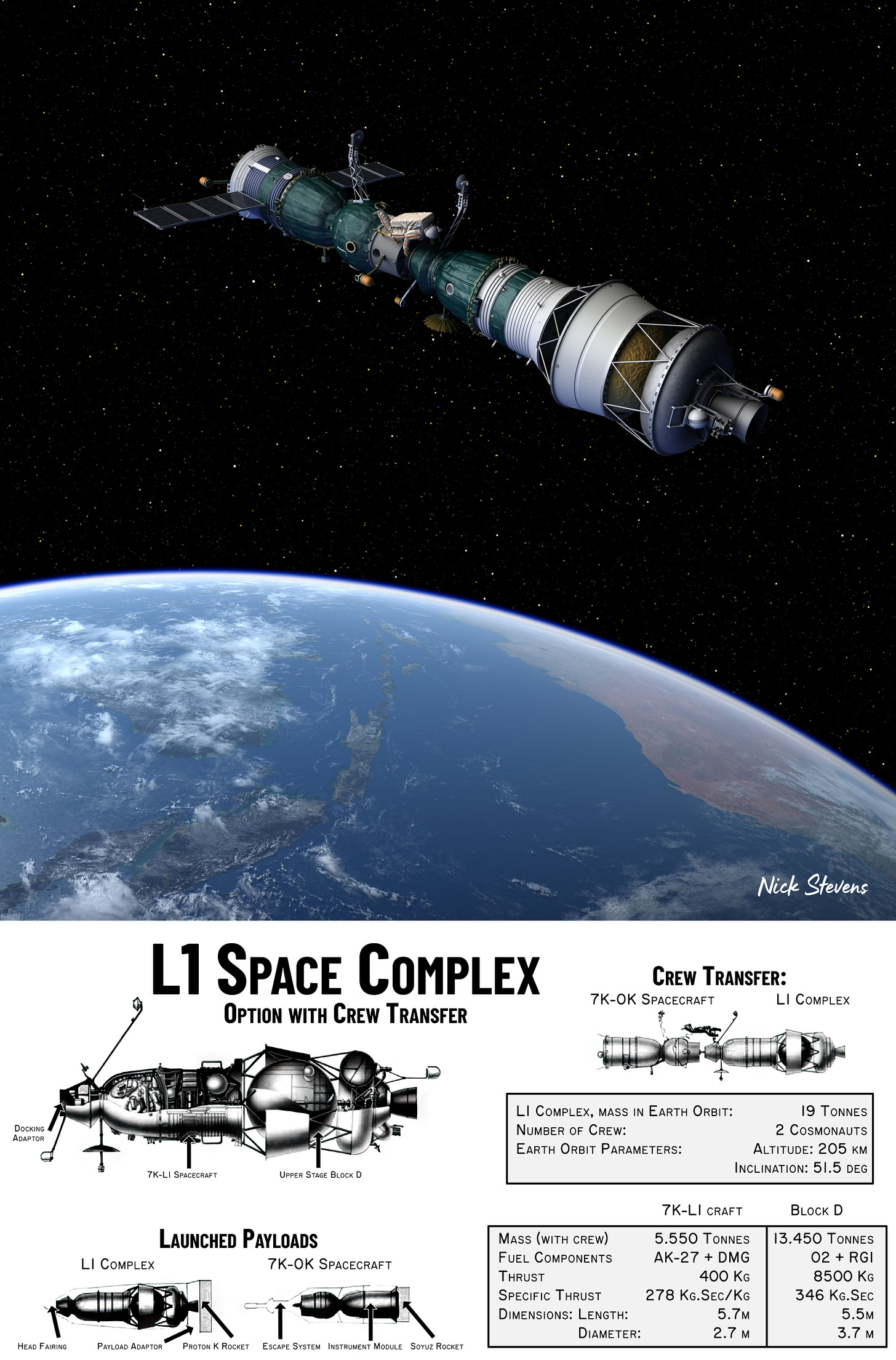
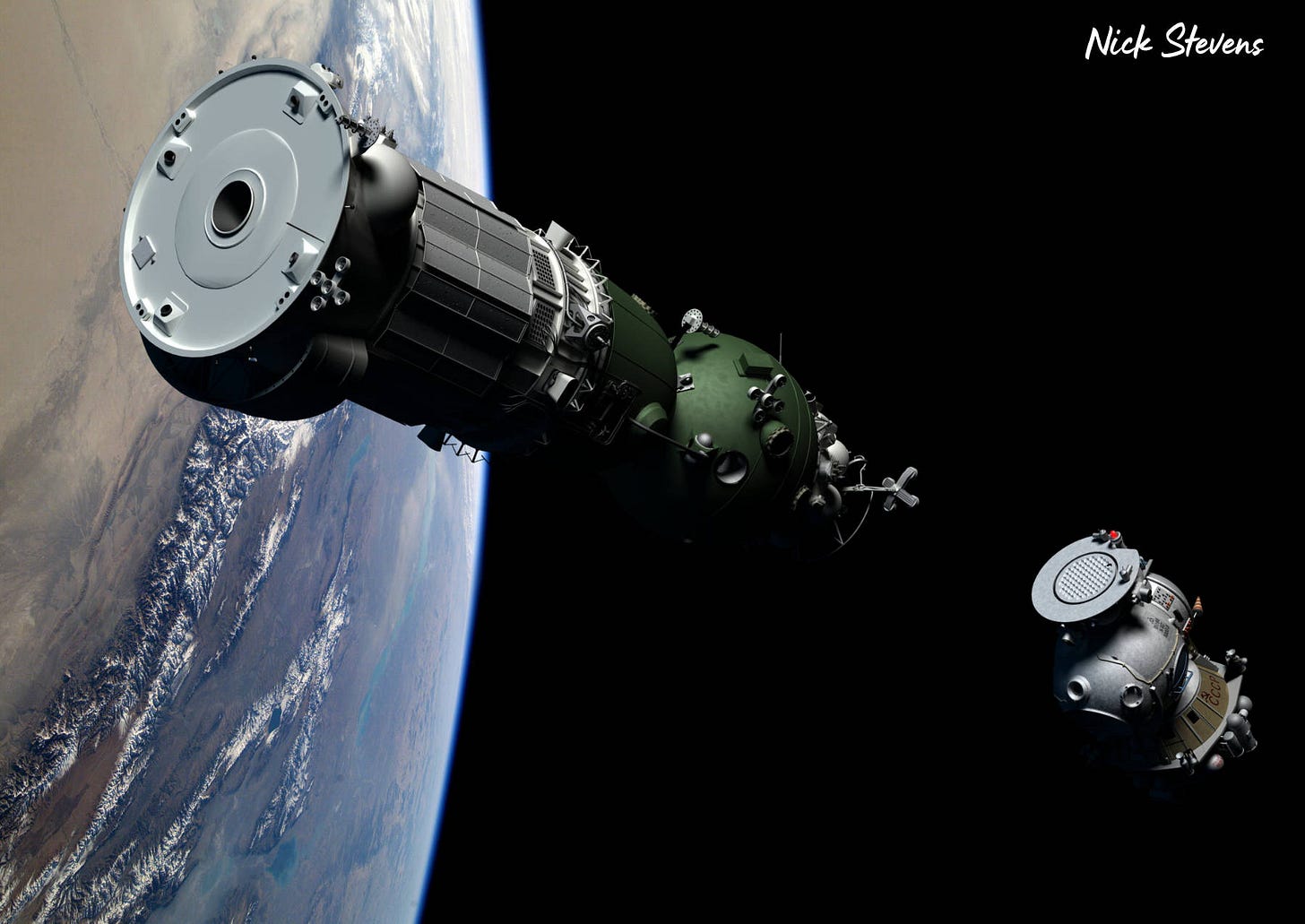
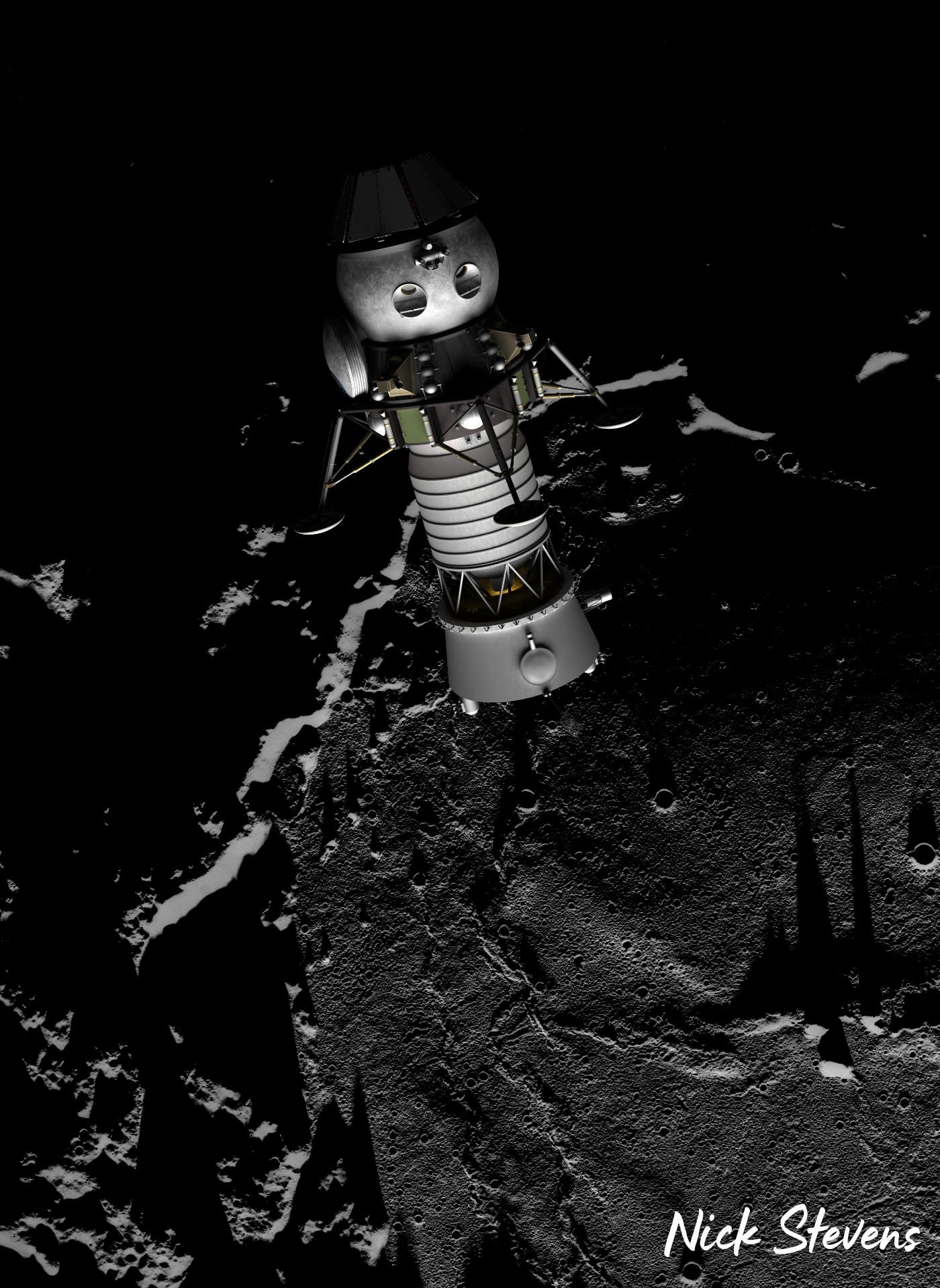
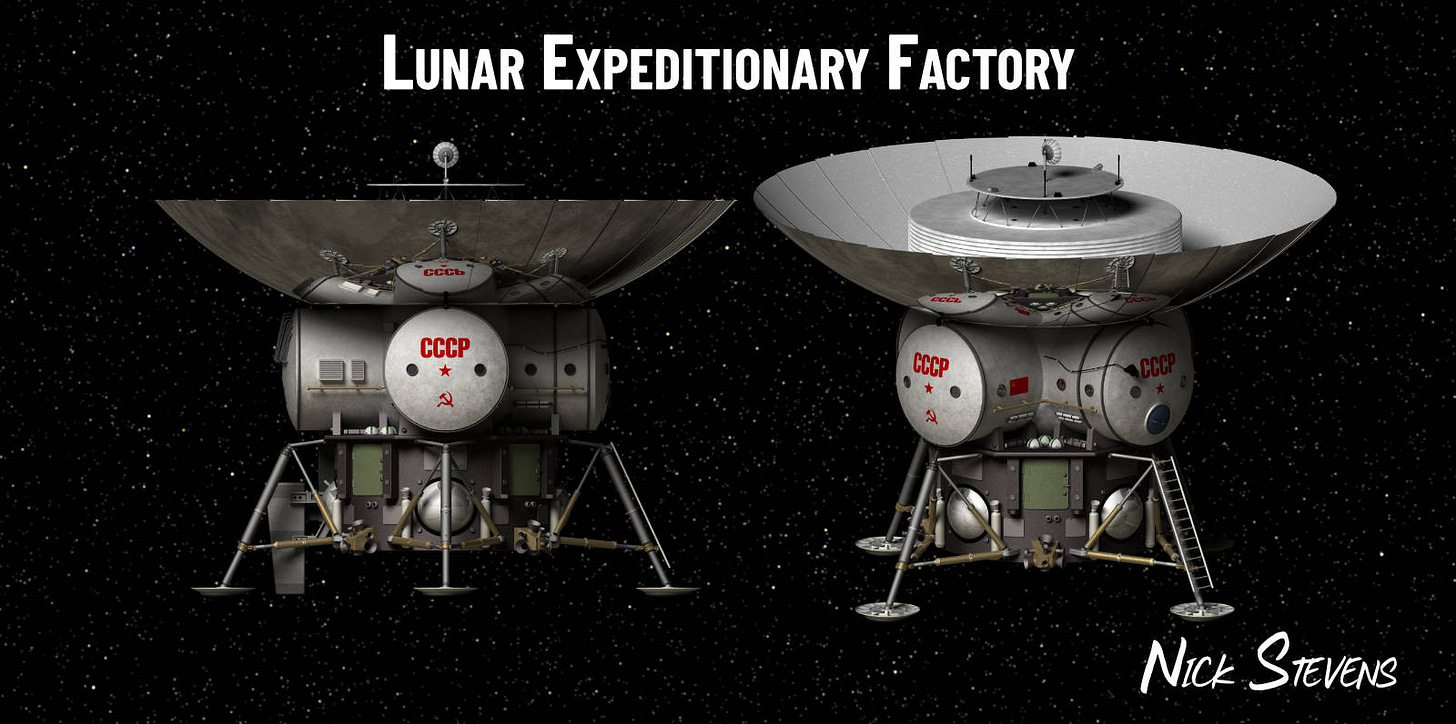

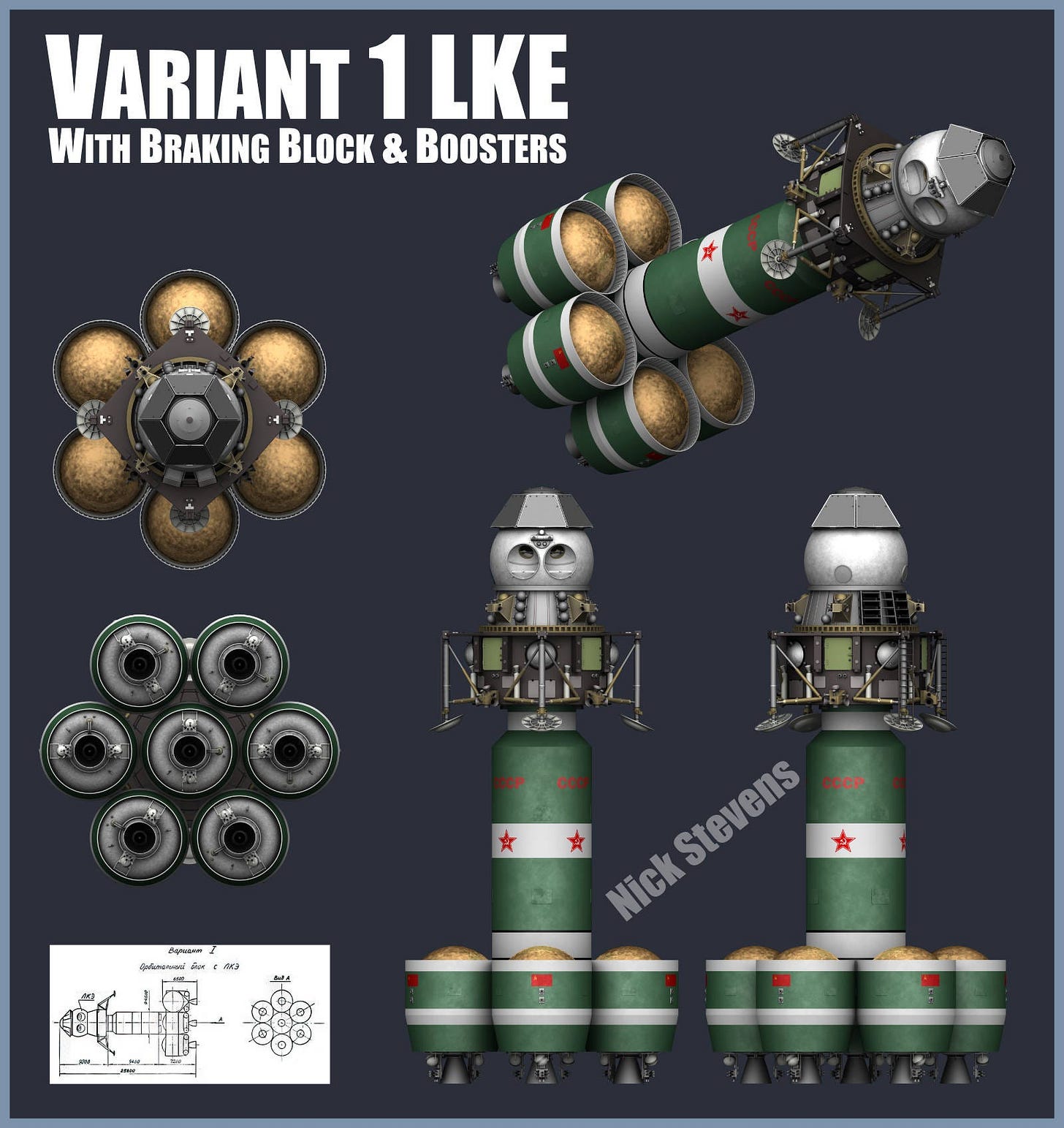
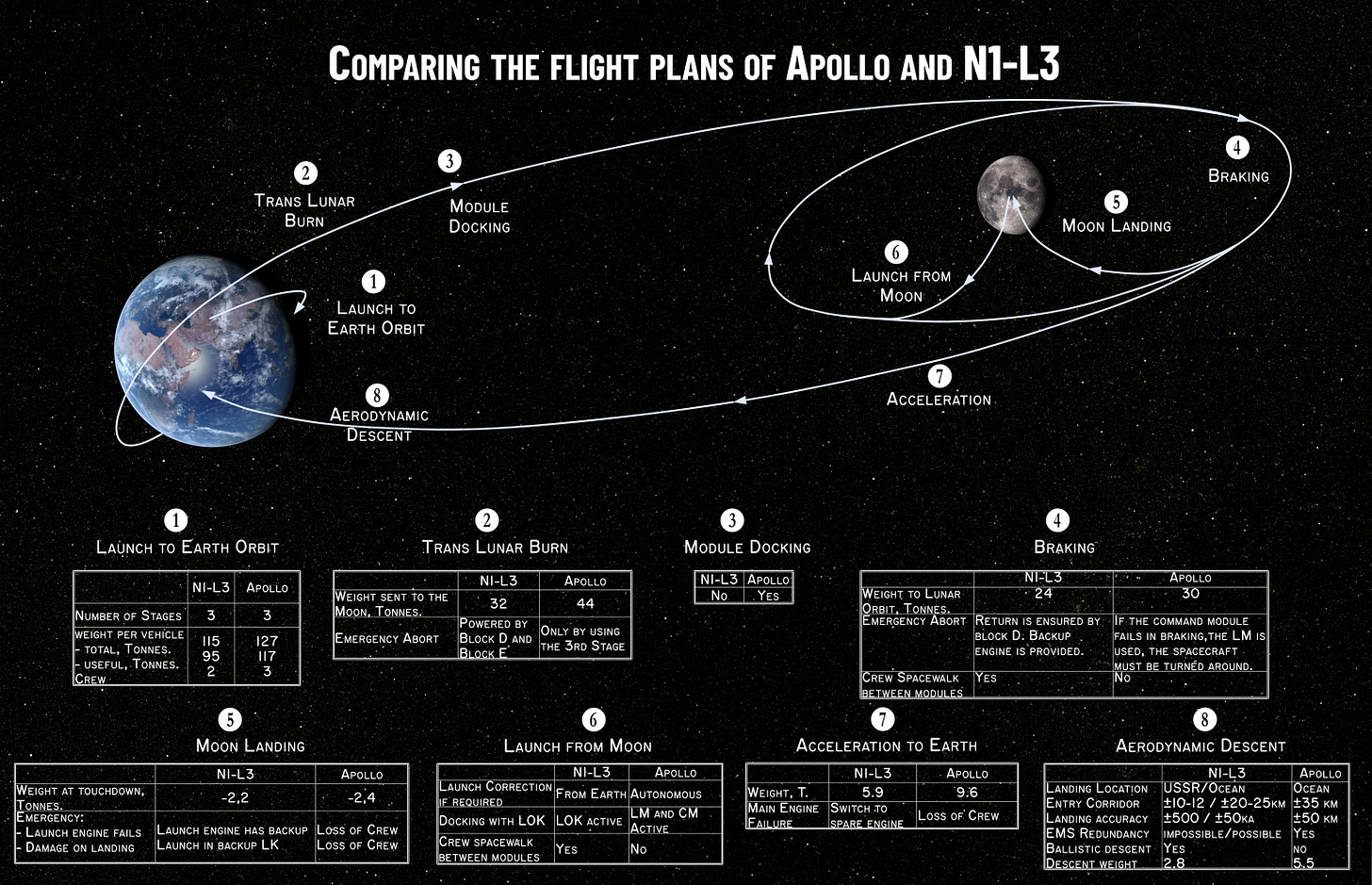
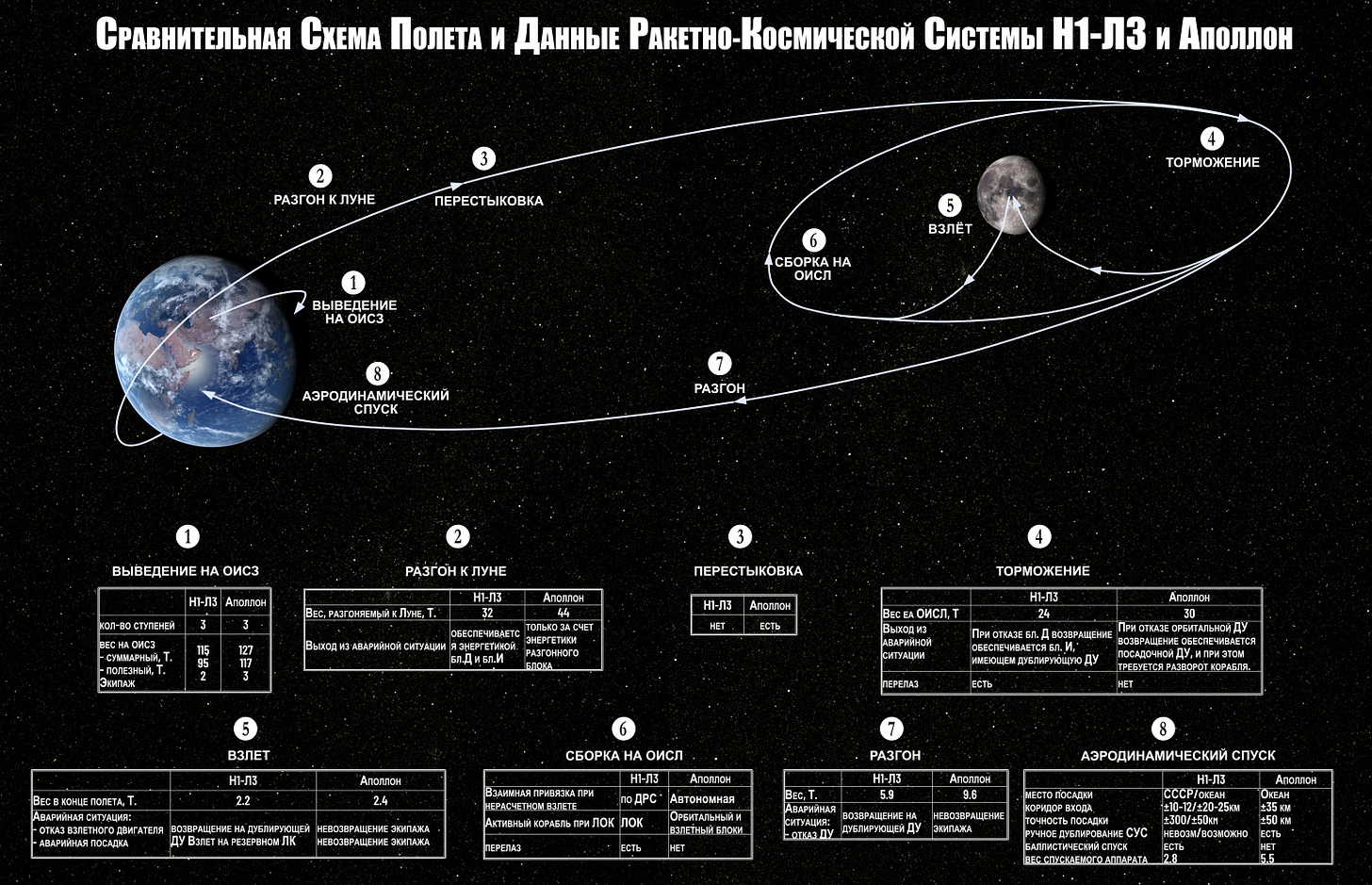

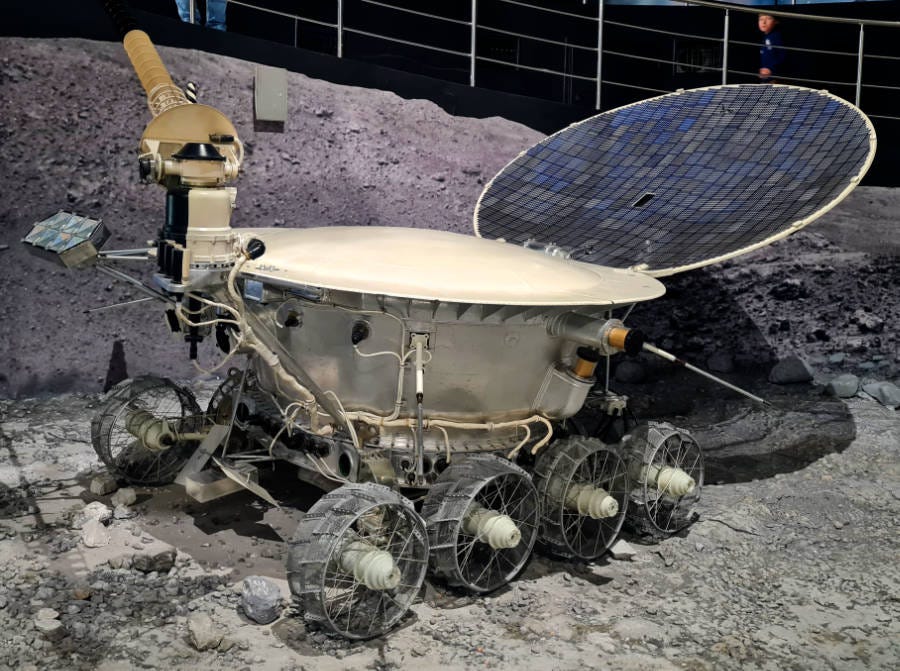
Nick, this post makes it quite evident that you have put a LOT of work into modeling and rendering these spacecraft!
Nick I think you meant to say that the TK1 mission was similar to apollo NINE, which tested the Apollo CSM and LM in Earth orbit